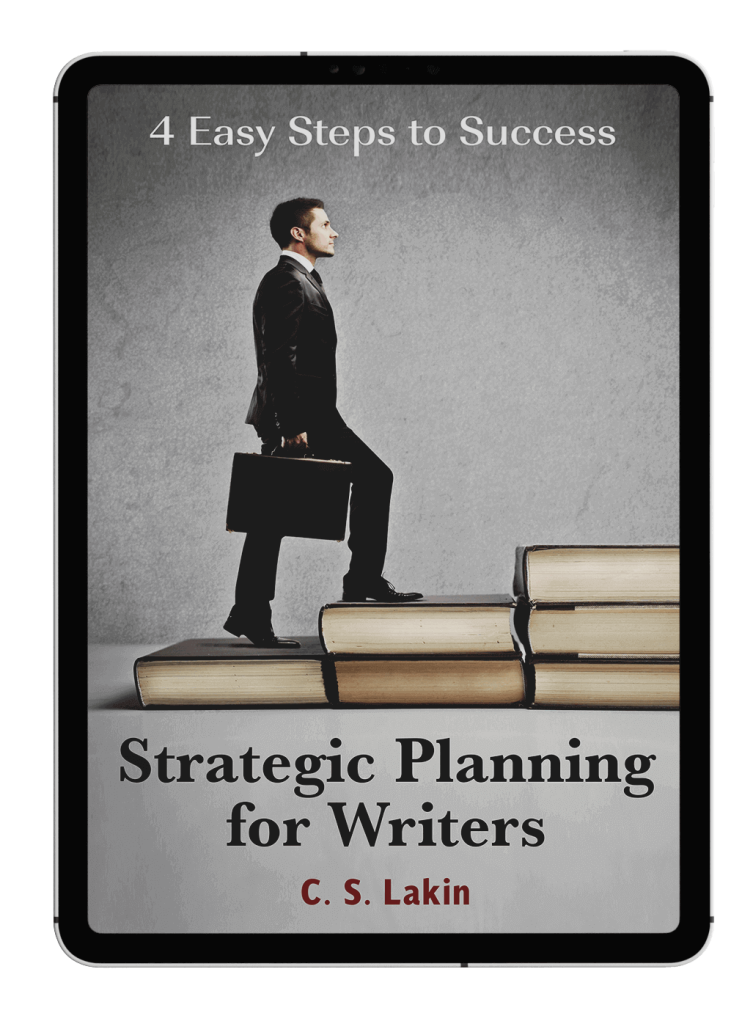3-Act Structure – Is It Really a Must?
You may have heard about the 3-act structure. It’s a thing. Especially with screenplays. But if you are writing a…
You may have heard about the 3-act structure. It’s a thing. Especially with screenplays. But if you are writing a…

I’ve been writing novels for more than three decades, and while I have learned a lot about how unpredictable the…

I never planned to write books on novel structure. Nor create online video courses to help teach writers how to…

Today’s guest post is by Gilbert Bassey. A killer first draft, the holy grail—who doesn’t want it? Conventional wisdom says…

For the last five years, I’ve been teaching writing retreats in gorgeous South Lake Tahoe, CA. And each year I…

I’m launching my new online video course this month, so we’ve been taking a look at key elements novelists need…

I critique a lot of first chapters of novels. Having written twenty novels, I can attest to how difficult it…

I’m not the only one who says that writing a novel is a difficult task. Even if you’ve written a…

You’ve spent days, maybe weeks or months, brainstorming the terrific novel you’re about to write. You’re sure you have a…

Subscribe to my email blasts to level up your writing and be notified of upcoming events and offers!
No products in the cart.